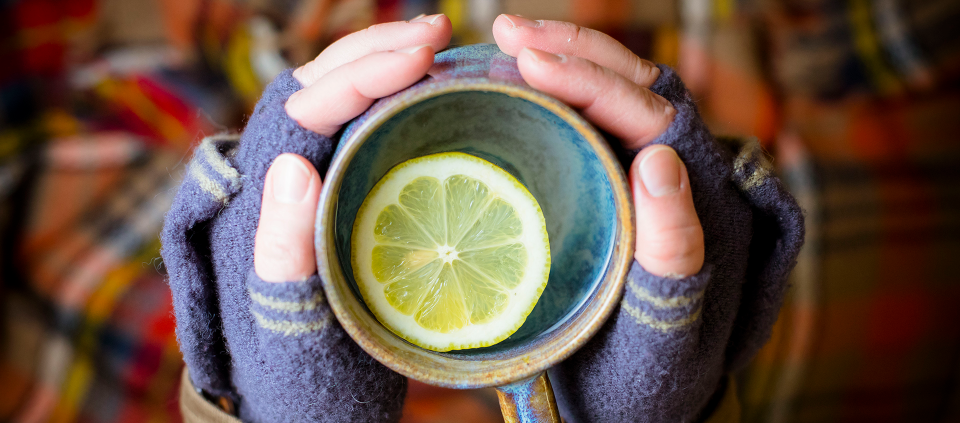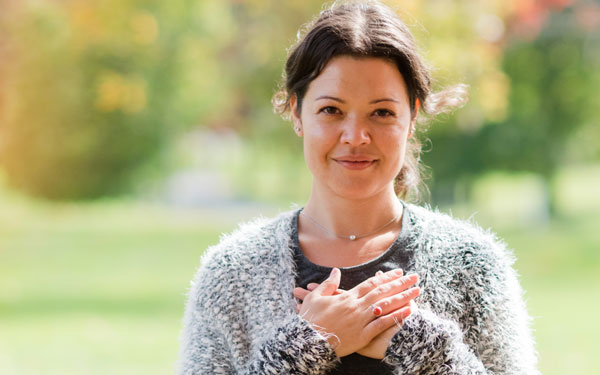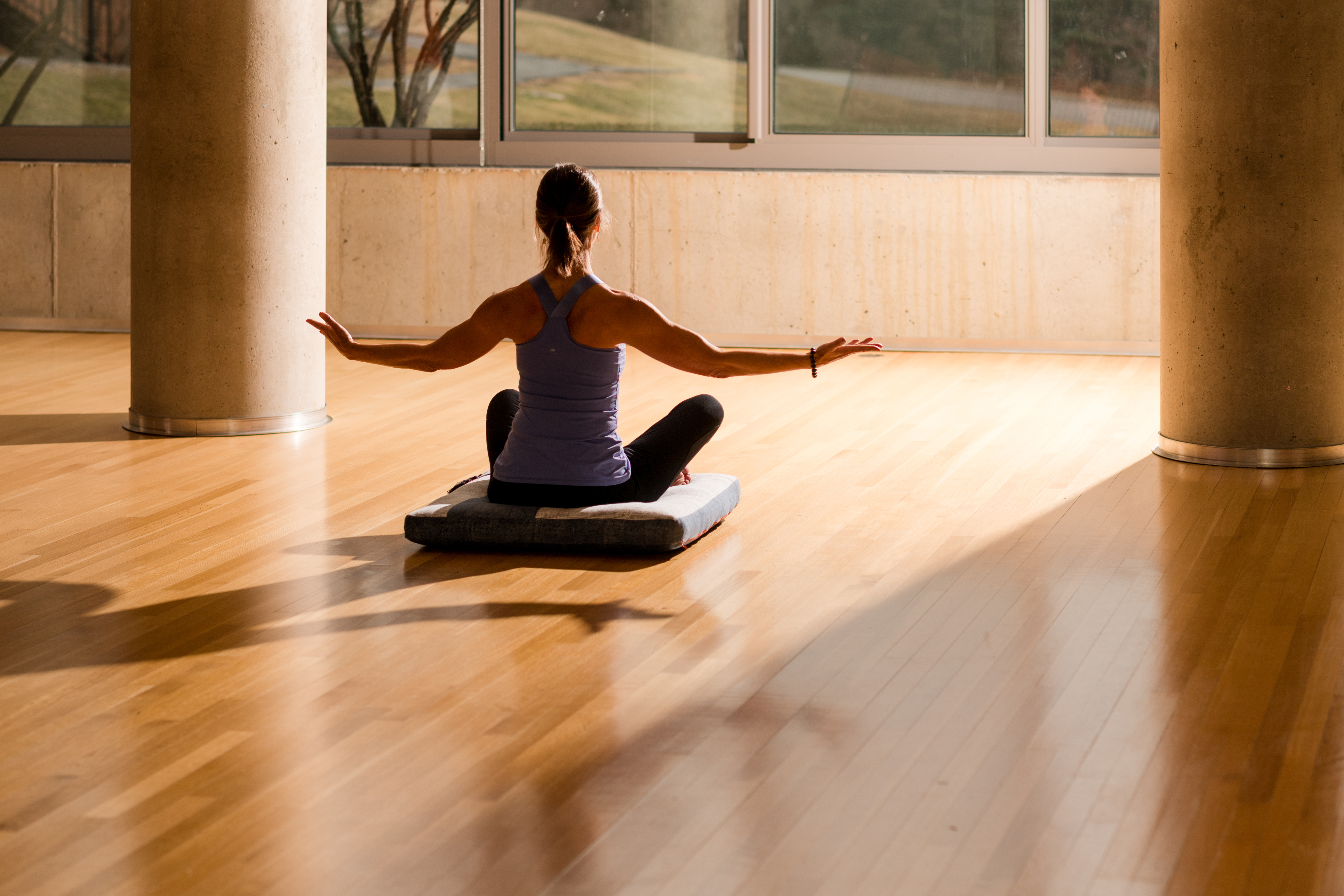Why Ayurveda Is Not a Trend, and How You Can Bring More of It into Your Life This Year

In contemplating health and wellness trends, I came up with a few possibilities: forest bathing, paying attention to your circadian rhythms, eating local, cooking more at home, going to bed earlier, less screen time. Then I looked at my list and realized that all of this is Ayurveda.
Ayurveda is India’s traditional system of medicine and, like traditional Chinese medicine did about 50 years ago, it’s currently making its way closer to the mainstream in the United States. Far from being a trend, however, Ayurveda is a 5,000-year-old system of medicine that promotes longevity, balance, and overall health. It’s my North Star—and it’s becoming that for many others as well.
As the Dean of the Kripalu School of Ayurveda, I see people starving for answers to health questions. Because we are a melting pot of nations in a country that has wiped out its native traditions, we are at a loss for those answers, leaving us vulnerable to trends that overwhelm us and don’t always serve us well.
But help is at hand: Ayurveda is a complete system that includes everything on my list above and so much more—and current research is validating the tenets of this ancient health science. For example, in 2017, the Nobel Prize went to three American doctors for their work around circadian rhythms; what they discovered is that our physiology adapts to the time of day, and that there are particularly beneficial times for eating and sleeping. Ayurveda has been teaching this for thousands of years. Science and age-old knowledge are now on the same page.
With that in mind, here are some areas where you can bring this perennial wisdom into your life in the coming year.
Ayurveda and Sleep
Ayurveda has always prescribed early sleep for better health, and science is up to speed now, too. According to both research and Ayurveda, we get our best sleep—the dreamless, deep, restorative Zs—before 2:00 am; after 2:00 am, we get lighter, dream-filled, and less restorative REM sleep.
Think about the world 5,000 years ago: The most stimulating thing we sat and stared at was a fire. If you are a night owl because you’re lost in the vortex of Instagram hashtags, consider putting your phone in another room and reading a book before bedtime (which should be around 10:00 pm).
Digital Detoxing in Nature
I wish there was a chapter about iPhone use in the oldest texts of Ayurveda, which date back 2,500 years. But Ayurveda does teach that overuse of the senses is one of the three main causes of disease, due to the imbalances it creates. Talk about imbalance: The average American spends 11 hours a day on a screen, resulting in numerous negative impacts, from increased depression to poorer sleep. The remedy is simple: Take a break from screens—and get outside!
Because I am a Gen-Xer, I remember a childhood spent outdoors all day and my mom allowing maybe a couple of hours of Saturday-morning cartoons before the TV was turned off. Now science is proving what Boomers and Gen-Xers have known their whole lives: Being outside is good for us. Spending time in nature reduces high blood pressure and the risk of type 2 diabetes and cardiovascular disease, and increases well-being and sleep duration. All it takes is some time each day to take a walk in the woods or a park, sit by a tree, or gaze at the stars.
Eat Local, Eat Relaxed
While Ayurvedic texts provide lots of food rules, after a decade of study I have come to the realization that an Ayurvedic diet boils down to eat local, eat relaxed. The classical texts don’t recommend different diets for vata, pitta, and kapha doshas. Rather, they describe all the different kinds of foods, their qualities, and their regional locations.
Thousands of years ago in India, there was no Whole Foods, with every possible produce option from around the globe. Even 35 years ago, when I was a child, you couldn’t get a fraction of what is available now: Fresh lettuce was not an option in January in Maine. We ate local by necessity, and that’s what we’re supposed to do: Nature gives us everything we need for health in each season.
Now, I’m not suggesting you go on a winter diet of acorn and squirrel if you live in New England, but I am suggesting that you skip the salad, since salad greens don’t grow here in winter. If we needed salad in the winter, the natural intelligence of our habitat would result in fresh salad greens growing outside year round. Instead, we eat foods that can be stored, like squash, root vegetables, dried beans, grains, and meats.
Seek out farmers markets, farm stands, and community supported agriculture (CSA) farms. Pick your own berries and freeze them so you have them a little longer—or, if you want to be more of a purist, just eat food when it’s in season, and plenty of it! Eat blueberries in summer until you turn blue, and apples in fall until you are sick of them.
Cooking at Home
Thousands of years ago, even a hundred years ago, the majority of food was eaten in the home. Today, we spend an average of 27 minutes daily in the kitchen. For many decades, going to a restaurant was a special occasion for most people; now it’s most nights for many of us. Even if you’re not up for baking your own bread, it doesn’t take a ton of time to roast some vegetables, grill some fish, or cook beans and rice. With the Instant Pot, you can have a meal ready in minutes—I call this electric pressure cooker the microwave of Ayurveda. Cooking at home can be simple and tasty.
So, if you want to practice Ayurveda this year, here’s where to start: Get off your phone, get outside, get cooking (with local foods), and get to bed earlier.
Erin Casperson, Lead Kripalu Faculty and Director of the Kripalu School of Ayurveda, is passionate about sharing how the ancient practices of Ayurveda can be applied to modern-day living.
Full Bio and Programs
